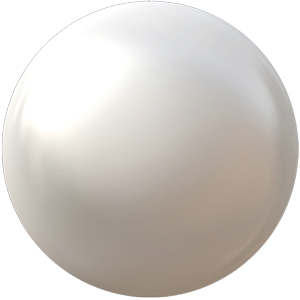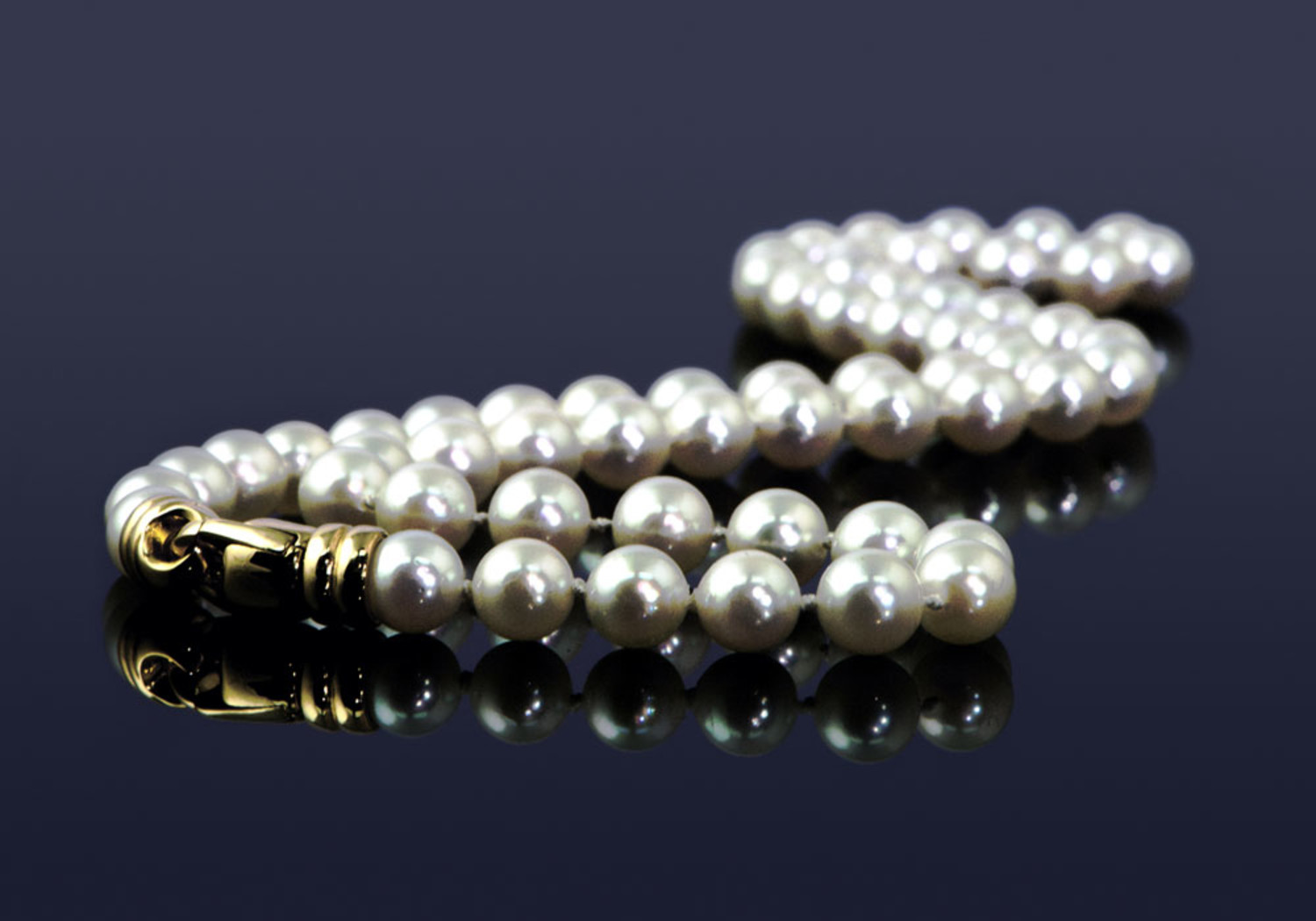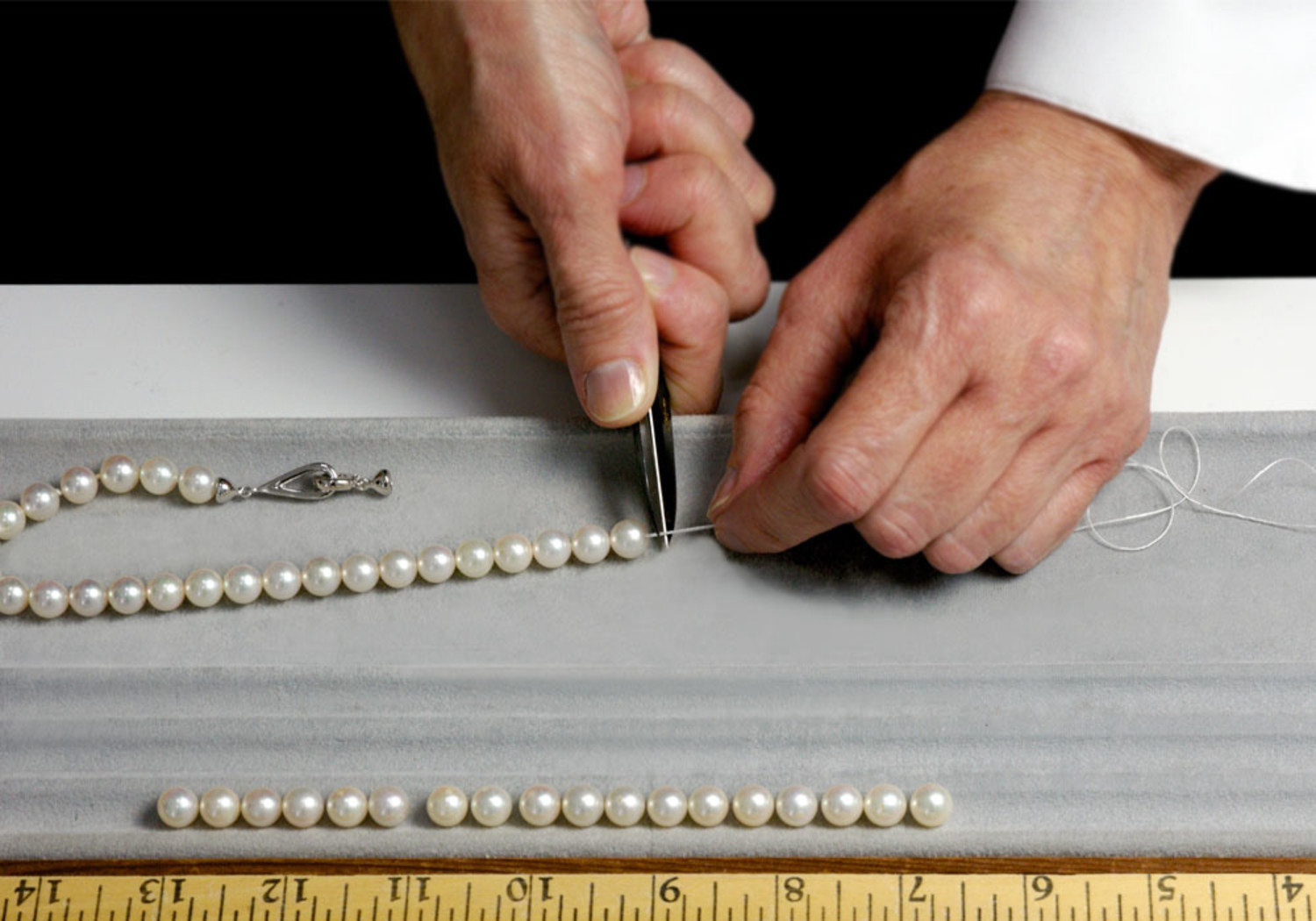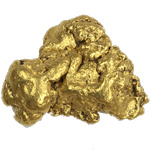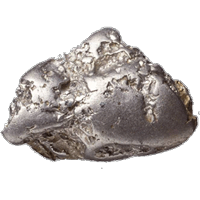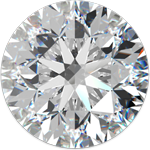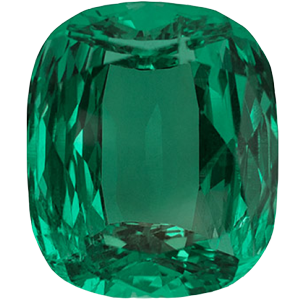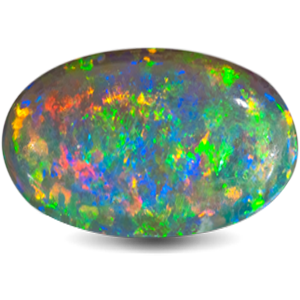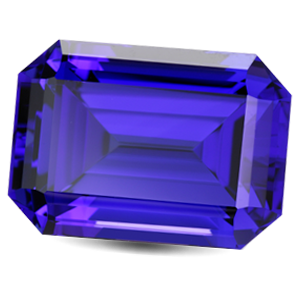Brief Pearl History
We concur with Roman naturalist Pliny who wrote, “The richest merchandise of all, and the most sovereign commodity throughout the whole world, are these Pearls.” Some say the pearl is the oldest known gem. Their spherical shape and glowing luster led ancient people to associate pearls with the moon. The luminescent pearl doesn’t fall from the moon, but is an organic gift from the earth.
Pearls have been given as gifts to royalty and as symbols of purity, are considered the perfect adornment for a bride.
Unlike other gems, pearls require no human intervention as they are inherently lovely. An amazing process occurs when an irritant enters a mollusk. The irritant may be an insect or broken piece of shell and as a protective response, the mollusk secretes layers of a pearly substance called nacre, enveloping the irritant. The result is a beautiful pearl. Similarly, God allows irritants in our lives but promises, through Jesus Christ, to create a beautiful resulting “pearl” that will glorify Him and become a beautiful blessing. Natural pearls are rare today and very expensive, which is why most people purchase cultured pearls. “Cultured” denotes that the pearl is the result of humans inserting a nucleus into a mollusk. Many different pearl types, sizes, shapes, colors and lusters exist and Philippe Medawar’s knowledgeable staff can help you navigate the many choices when making a pearl purchase.
Wearing Pearl
When caring for your pearl(s), please take into account its organic origins. A calcium carbonate composed of approximately 4% water, pearl cannot withstand scratching, heat or chemicals. With a few basic precautions, you can repeatedly enjoy wearing this elegant piece of jewelry.
- Apply cosmetics, hair spray, perfumes and hand lotion before putting on pearls. It will soon become second nature.
- Don't follow Coco Chanel's example by accessorizing with layers of pearl strands and gold chains, as pearls scratch very easily and should never be worn with or against metal chains.
- Do not wear your pearls with garments that have beads or sequins that can scratch the pearls. Some wool fabrics are also very rough and will scratch your delicate pearls.
- Remove pearls before hand-washing, sunbathing, swimming, soaking in the hot tub, working in the garden or when you know you’ll be handling harsh cleaners.
- When removing your pearl ring, do not hold onto the pearl itself because skin oil and pollutants can be transferred to the pearl. Instead, grasp the metal mounting.
Philippe Medawar reminds us that life is short; wear your pearls often. Don’t wait for a “special” occasion... Your life is a special occasion!
Cleaning Pearl
To maintain the beautiful luster of your pearls, gently wipe them with a soft, damp cloth after each wearing. When wiping a pearl strand, take extra care to not pull on the strand because silk cord will stretch. Avoid excessive heat such as steam jewelry cleaning, exposure to strong daylight or storage near a heat source. Pearls need humidity or they will crack. Never clean your pearls in an ultrasonic machine. You can periodically clean pearl earrings, rings, pendants and brooches in a mild solution designed specifically for the cleaning of pearls; however, do not immerse pearl strands or bracelets directly in the cleaning solution. Use a new, soft bristled cosmetic brush and rinse in lukewarm water. Pearl experts at Philippe Medawar will professionally clean your pearl strand and bracelet while they're being re-strung.
The silk cord on which your pearl strand is strung attracts pollutants that adversely affect the strand’s beauty and potential durability. Many seemingly benign substances can harm a pearl, such as air pollution, medications secreted through your skin, dead skin cells, natural skin oils, lotions, moisturizers, sunscreens, skin lightening and brightening agents, cosmetics, hair spray, perfumes, etc. Having your strand professionally cleaned and re-strung annually is essential to helping it endure. Pearl stringing services are rendered at Philippe Medawar's in-house atelier where your pearls will be cared for by an expert jeweler who was trained and certified by GIA Jewelry Manufacturing Arts Department and has over 30 years of stringing experience.
Storing Pearl
When not wearing, store pearls in a soft-sided, non-plastic compartment, away from other jewelry items. Do not store pearls in a safety deposit box, in an acidic, cotton-filled box or a plastic bag. Pearls can become dehydrated and crack. Those requiring more information on storing fine jewelry, click here.

